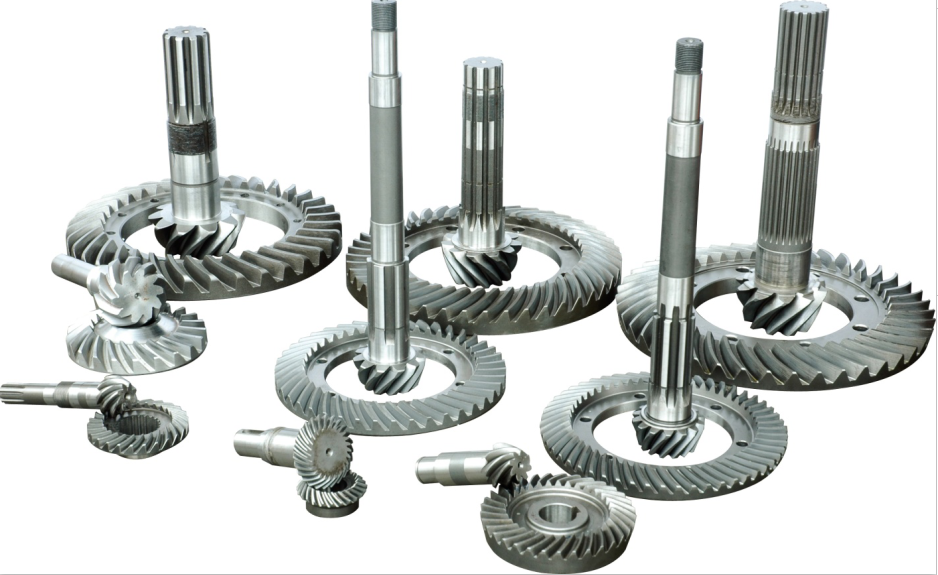Choosing the right worm gear for your application can be a complex task that requires careful consideration of several factors. The appropriate choice will ensure efficient operation, longevity, and cost-effectiveness. This article will guide you through the process of selecting the right worm gear for your application, focusing on factors such as gear ratio, load capacity, material, efficiency, and environmental conditions.

Gear Ratio
The gear ratio is one of the most critical factors to consider when selecting a worm gear. It determines the rotational speed reduction and torque increase provided by the gear. The gear ratio is determined by the number of teeth on the worm gear divided by the number of threads on the worm. Higher gear ratios provide greater speed reduction and torque increase, but at the cost of reduced efficiency.
Load Capacity
The load capacity of a worm gear refers to the maximum load that the gear can safely handle without failure. This should be carefully matched to the requirements of your application, taking into account both regular operating loads and any potential peak loads. Overloading a worm gear can lead to premature wear and potential failure.
Material
The material of the worm and worm gear is another crucial factor to consider. Typically, the worm is made of a hard material such as hardened steel, while the worm gear is made from a softer material like bronze. This combination reduces wear and improves longevity. The chosen materials should be compatible with any lubricants used and should be suitable for the operating environment, particularly if there are corrosive or high-temperature conditions.
Efficiency
Worm gears are not as efficient as some other types of gears due to the sliding contact between the worm and worm gear. Efficiency can range from 50% to 90%, depending on the gear ratio and other design factors. If high efficiency is important for your application, this may influence your choice of worm gear and may also require careful consideration of lubrication requirements.
Environmental Conditions
The environmental conditions in which the worm gear will operate can also impact your choice. If the gear will be used in a high-temperature, corrosive, or abrasive environment, this may require special materials or coatings. Similarly, if the gear will be used in a location where noise is a concern, a worm gear with quieter operation may be preferred.
Size and Space Constraints
The available space for the gear system may also influence your choice of worm gear. One of the advantages of worm gears is their compact design, making them suitable for applications where space is limited. However, the size and layout of the worm gear system will still need to fit within the available space.
Manufacturer’s Reputation and Support
Lastly, when choosing a worm gear, consider the reputation of the manufacturer and the support they offer. This includes factors such as the quality of their products, their history of reliability, the availability of replacement parts, and their customer service and technical support.
In conclusion, selecting the right worm gear for your application involves careful consideration of several factors, including gear ratio, load capacity, material, efficiency, environmental conditions, space constraints, and the manufacturer’s reputation and support. By taking the time to evaluate each of these factors in relation to the requirements of your application, you can ensure you select a worm gear that will provide reliable and efficient operation over the long term.
